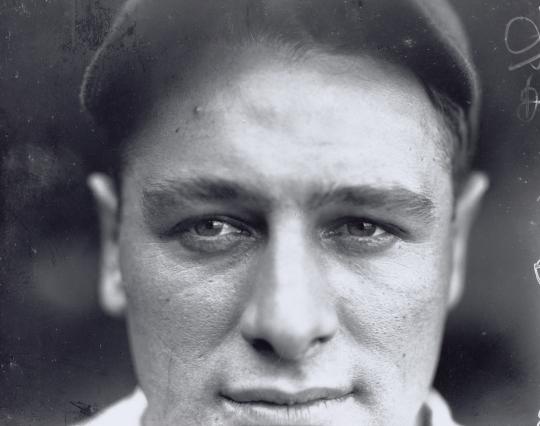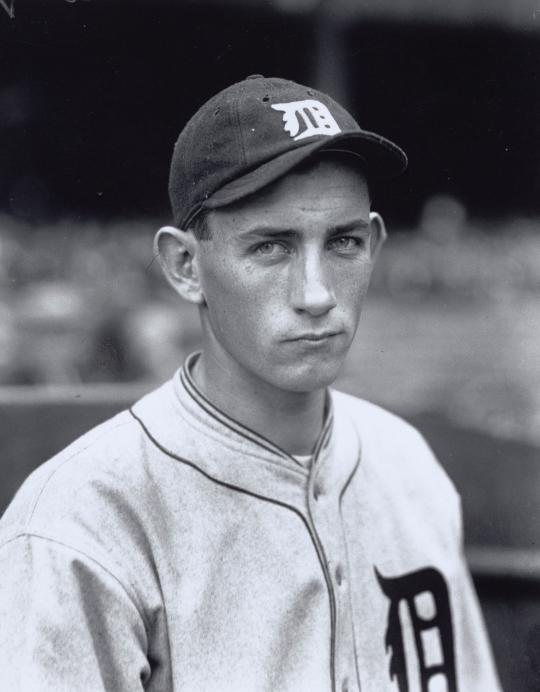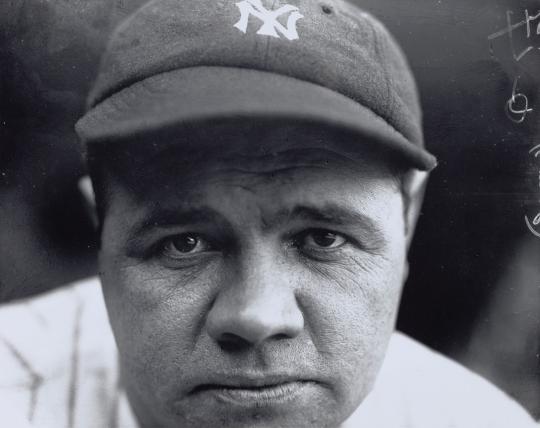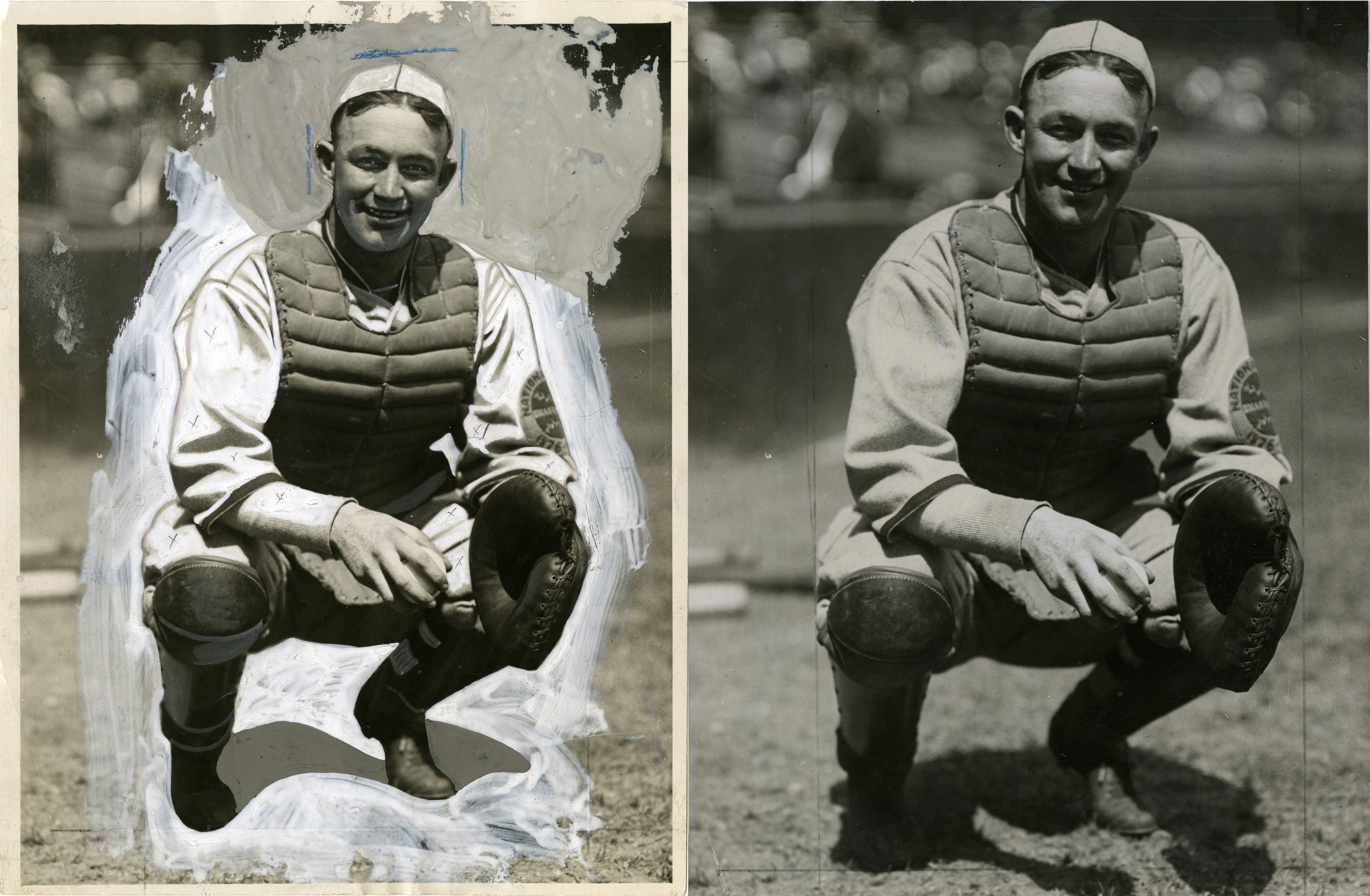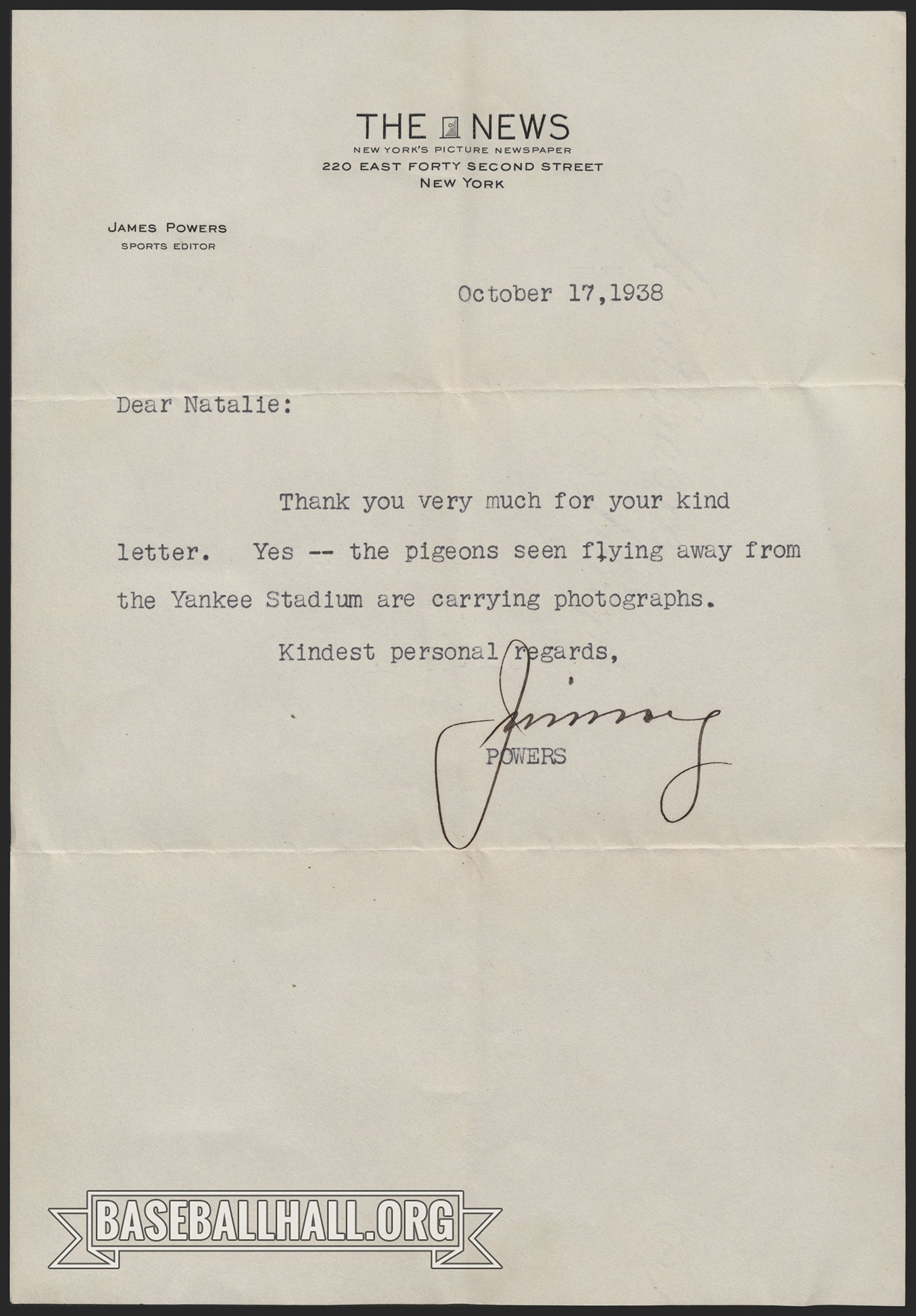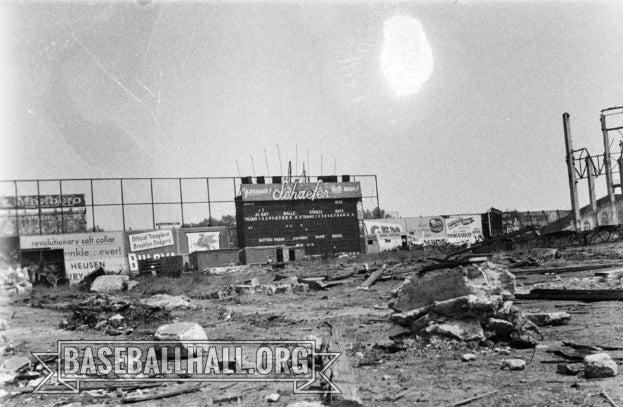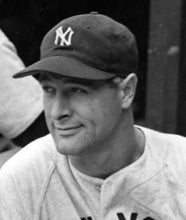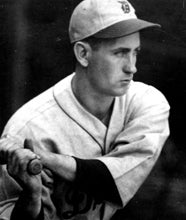- Home
- Our Stories
- #Shortstops: The Vision of Charles Conlon
#Shortstops: The Vision of Charles Conlon
The work of photographer Charles M. Conlon exists as a visual record of both the creator and the subject. Working from 1904 to 1942, Conlon developed a proximity to baseball that molded his characteristic viewpoint that leads to the immediate attribution of his photographs.
National Baseball Hall of Fame and Museum Photo Archivist and Director of Digital Assets Kelli Bogan said Conlon's contribution to baseball photography cannot be understated.
Hall of Fame Membership
There is no simpler, and more essential, way to demonstrate your support than to sign on as a Museum Member.
Official Hall of Fame Apparel
Proceeds from online store purchases help support our mission to preserve baseball history. Thank you!
“Charles Conlon is considered to be the founder of baseball photography and remains the standard that all other photographers in the field are judged by,” Bogan said. “His eye for emotional and intimate portraits are compelling while the moments he captured on the field are a feat for this time in photography.”
The Hall of Fame Dean O. Cochran, Jr. Photograph Archives contains about 900 Conlon images – all with the distinctive point of view that elevates Conlon from fellow newspaper photographers of his era. His body of work stands alone and carries his name. Synonymous with 20th century baseball and published in the Sporting News, Spalding Base Ball Guide and New York World-Telegram, these images provide a glimpse into Conlon’s world.
Working from the field, the physical distance from Conlon to his subjects aids in the characterization of his work. The intimacy conveyed in his portraits is a testament to his role as an artist. Through mastery of composition and lighting, these portraits strip the subject of their reputation, statistics and fans.
Removed from the surrounding environment, the viewer is seamlessly placed in the position of Conlon. The careful composition is deceptive. Initial interaction with these pieces conveys candidness. The curated vantage point provided by Conlon humanizes the player, offering a different perspective.
This shift in perspective is only achieved by viewing these players through the lens of Conlon. In this manner, these images are an intertwined testament to both the subject and the creator. The viewer, adopting the point of view of Conlon through his images, is forced to evaluate their perception of these players.
Conlon’s portraits are arresting. He inverts the role of player and spectator. The deliberate intimacy of these portraits interrogates the viewer. Conlon facilities the reversal of the habitual gaze of the spectator toward the player. The viewer is confronted by the player on a personal level.
The striking intimacy and subversiveness of these portraits are a testament to both Conlon’s skill and method of depiction. Despite his absence from the picture plane, each photograph he created is a visual record of his mark as an artist. Redefining the assumed role of the sports photographer, he pushed the boundaries of documentary photography creating a lasting body of work that continually questions the spectator and the role of the artist.
Emily Cooper is the digital asset specialist for the National Baseball Hall of Fame and Museum

